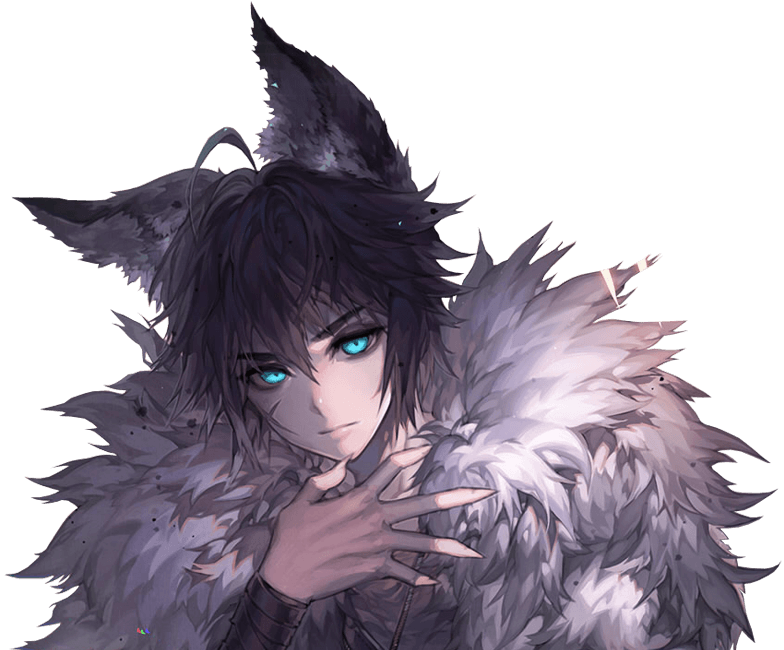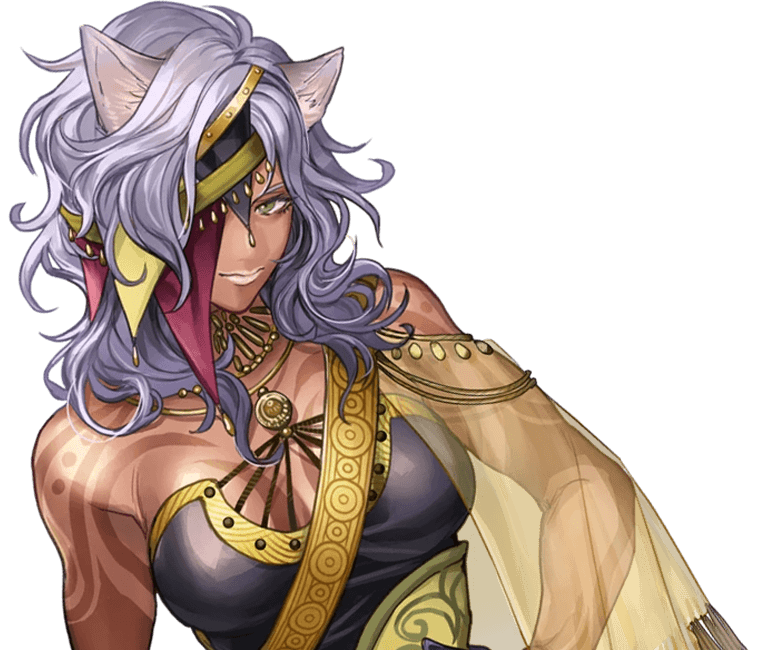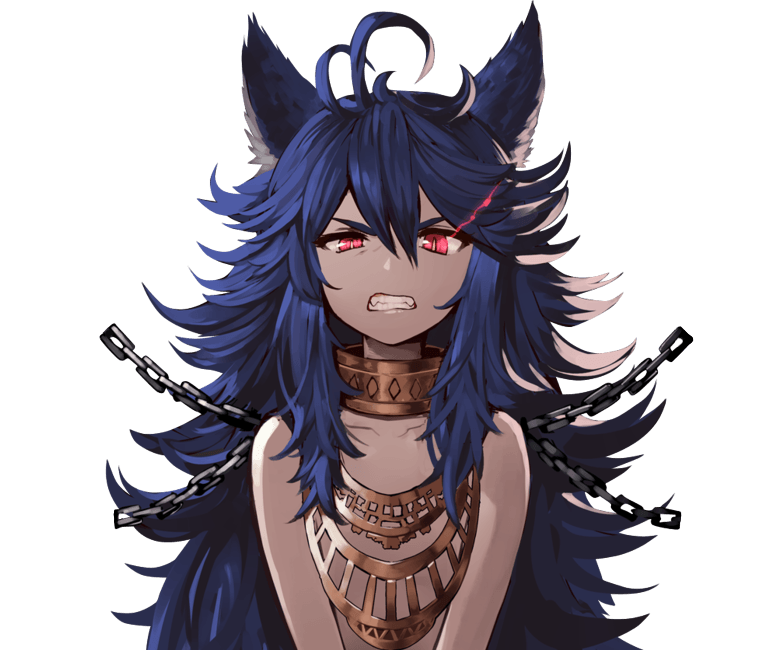Difference between revisions of "Wolfkin"
| Line 74: | Line 74: | ||
{{Races}} | {{Races}} | ||
| − | [[Category: | + | |
| + | [[Category: Races]] | ||
Revision as of 16:05, 16 April 2020



Contents
Wolfkin
While many people enjoy the technological and magical advancements that come with living in the civilized parts of the world, these wolf-like folks are too timid and distrusting for that kind of lifestyle. The fragmented wolfkin population typical lives in the wilds or far-flung corners of the world like a rural mountaintop village along with people they get along with.
Wolfkin is often a rare sight, though they do occasionally come to bigger cities to exchange exotic materials for things they need. Despite their reluctant and wary interaction with others, wolfkins are reliable travel companions. They are often sought after for their knowledge of the wilds and hunting skills.
Racial Stats
| Traits |
|---|
|
| Features |
|
Agile and Efficient
Wolfkins are easily recognized by wolf-like ears on top of their head and furry tail. The fur on these features are usually solid pattern, but comes in a variety of colors. Physically, they are similar to human, but possess denser muscle composition that enhances their speed and strength. Wolfkin hair and eyes vary widely in color. Their fur favors more natural colors seen on actual wolves.
Female wolfkins are usually bigger and stronger than males.
Wild Hunters
In the savage lands, a wolfkin's tie to their pack is the only thing that separates them from their prey. From a young age, they are taught that wolfkins survive together, a lone wolfkin is a dead one. So they grow up and live for their pack. Their deep loyalty to their pack can make wolfkins come off as unsocial to those outside of their pack and non-wolfkins, but once a bond has been established, friendship with a wolfkin is for life.
Although wolfkins are all different, they all share a deep respect and appreciation of the wilds, making them very popular rangers or druids who specialize in working in the wilds.
Social Hierarchy
Wolfkins are born into a clan and take on that clan's name. The clan is further divided into familial packs that are specifically trained as a unit. Considering their family structure and short lifespans, wolfkins have lots of children at once. Since female wolfkin has a physical advantage and control reproduction, wolfkin society is universally matriarchal. The position of the Clan Mother is often not determined by strength alone, but also other qualities that make them good leaders.
Clan Relation
Wolfkins are not unified, each clan have unique customs and beliefs. Their fragmented nature makes interclan relation complicated as alliances are constantly established and broken. Clans are constantly asserting power other others in land and resource dispute. War between clans occur often and can become a bloodbath.
World Exploration
Despite their tie to their pack and their clan, wolfkins are not discouraged to explore the world by themselves. This is often encouraged so young wolfkins can grow and obtain skills or knowledge that would help their clan on their journey.
Wolfkin Names
Wolfkin names are loosely based on Assyrian names. Both male and female names are composed of a short set of 2-3 syllables that is simple to pronounced. Wolfkins take the clan's name as their last name; e.g. Zomaya of Bloodmaw
- Male Names: Bara, Awimali, Harshu, Ilu-Me, Nabo, Rakasha, Sulee, Zolon
- Female Names: Adala, Danila, Esella, Hale, Nadeen, Nisina, Tami-na, Yakarta
- Clan Names: Bloodmaw, Deathsinger, Frost Fang, Heart-eater, Red Raven, War-forged,